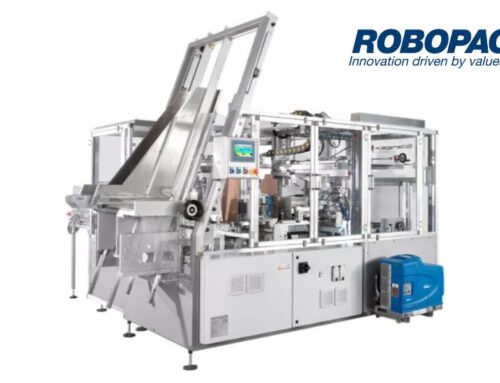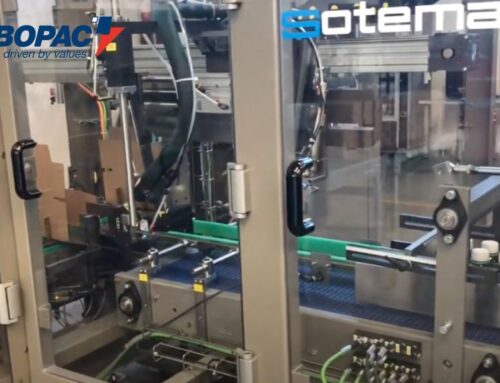Automation is rapidly transforming the food packaging industry. With advancements in technology, companies are finding new ways to increase efficiency, reduce costs, and maintain high standards of food safety.
But integrating automation into food packaging isn’t as simple as flipping a switch. It requires careful planning and execution to ensure that you make the most of your equipment without compromising other aspects of your operations. Create a seamless transition into new, automated workflows with this guide to the dos and don’ts of integrating automation into food packaging.
Do: Invest in Cutting-Edge Technology
Like with any investment, it’s important to make sure you’re getting the most for your money when you purchase automated equipment. High-quality machines and software can significantly enhance your packaging line’s efficiency, accuracy, and reliability, but poorly made or outdated equipment will only slow you down, leading to inconsistencies, bottlenecks, and frustrated employees and customers. By adopting the latest innovations, you ensure your operations remain competitive and can meet the growing demands of the food and beverage industry.
However, investing in cutting-edge technology isn’t just about purchasing the latest gadgets. It’s also about understanding how different systems can integrate into your existing workflow and contribute to your overall goals. Take the time to research and choose solutions that align with your specific needs and objectives. Remember, the right technology can provide a substantial return on investment by boosting productivity, reducing errors, and enhancing product quality over time.
Don’t: Prioritize Speed Over Safety
While the primary goal of automation is often to increase efficiency and speed—especially in the food and beverage industry, where you’re regularly handling fresh products—it’s essential not to prioritize speed over safety. Cutting corners in the name of productivity can lead to accidents, injuries, and costly liabilities. Ensuring the safety of your employees and maintaining a safe working environment should always be a top priority.
Start by conducting a thorough risk assessment of your automation systems and identifying any potential hazards. Encourage a culture of safety by promoting open communication and encouraging employees to report any safety concerns. Additionally, regularly review and update your safety procedures to ensure they remain effective and compliant with industry regulations.
Do: Prioritize Ongoing Training
Implementing new technology without properly training your staff is a recipe for disaster. Even the most advanced automation systems require human oversight and intervention to operate effectively. Prioritizing ongoing training ensures your employees are well-equipped to handle the new technology, understand its capabilities, and troubleshoot any issues that may arise. This helps employees feel confident with the new technology, leading to a safe, productive, and seamless transition.
Don’t: Overlook Maintenance Needs
Regular maintenance is crucial for keeping your automation systems running smoothly and preventing costly downtime. Overlooking maintenance needs can lead to equipment failures, reduced efficiency, and increased operational costs. Implementing a proactive maintenance plan ensures your equipment remains in optimal condition and extends its lifespan.
At Robopac USA, our expert team understands the dos and don’ts of integrating automated solutions into your food packaging workflow. Contact our team today to learn more about how our range of case packers and other advanced secondary packaging equipment can serve your business.







